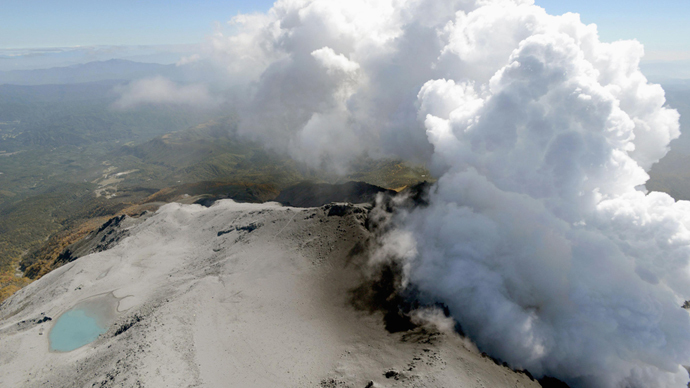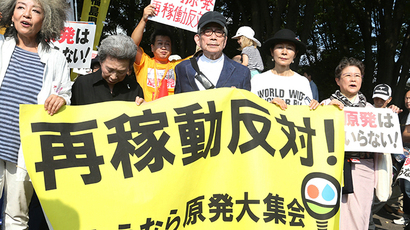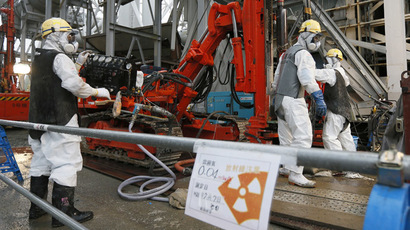Active volcanoes near Japan nuclear reactor are safety threat – panel

A Japanese volcanologist has refuted early claims that two nuclear reactors stationed near a hotbed of volcanic activity were safe, stating that it is impossible to predict an eruption accurately outside the time span of a few days.
The Sendai nuclear power plant in southern Japan could quite easily be the source of a national disaster should a cauldron eruption take place at one of the surrounding volcanoes posing an immediate threat to the site, Toshitsugu Fujii, head of a government-commissioned panel on volcanic eruption prediction told a press briefing on Friday.
“It is simply impossible to predict an eruption over the next 30 to 40 years,” Fujii said. “The level of predictability is extremely limited.” He added that prediction can happen only in the space of hours or days.
His statements contradict those of nuclear regulators who last month said that the two Sendai nuclear reactors were functioning within the nuclear safety regulations laid out in the wake of the 2011 Fukushima disaster.
They stated that there would be no eruption within the next 30 years – which is when the Sendai reactors reach the end of their lives.
Japan’s plans to restart the Sendai nuclear reactor won’t be affected by the volcanic eruption of Mt. Ontake, the government reassured at the end of September, when 30 people were killed and dozens injured.
“This was a steam-driven [eruption] and it has been said it was extremely difficult to predict,” Chief Cabinet Secretary Yoshihide Suga told a news conference shortly afterwards. It is precisely this lack of predictability which is a cause for concern. Opponents of the nuclear restart gathered shortly afterwards to demonstrate against it.
“No one knows when natural disasters, including earthquakes and tsunamis will strike. The fact that they could not predict the Mount Ontake eruption highlights that,” one organizer, Yoshitaka Mukohara, told Reuters.
Heavy ash following eruption would make the plant difficult to reach and would impact Tokyo as well as the surrounding area.
Fujii concluded that 10cm thick ash could potentially render all vehicles – excluding tanks – inoperable. The sheer weight of ash on power lines could sever them and cut off electricity which could prevent the reactor cooling system from working.
Prime Minister Shinzo Abe is looking to restart both reactors along with any of the county’s other 46 which might be deemed safe as nuclear power is deemed key to Japanese economic recovery.
Even before the September disaster, Japanese nuclear revival was incurring the wrath of disgruntled citizens. Nuclear fears remain strong in Japan ever since the Fukushima disaster proved to be the second-worst in history after Chernobyl, with the decommissioning process expected to last for years to come.














